Wine Tasting Steps:
Step 1 Look at the wine 👀
There are four steps for wine tasting: 1. Look, 2. Smell, 3. Taste, 4. Think.
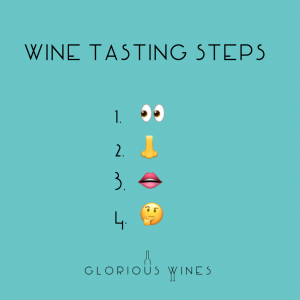
Step 1: Look 👀 at the wine
Observing the wine can help you to spot:
-
The grape variety
-
The winemaking methods used
-
If the wine is faulty
For this step you will need:
-
Good lighting, ideally natural light
-
A white background, e.g. an A4 white piece of paper
-
And of course the wine(s) and wine glass(es). The wine glass should be clear
To identify the wine clues, you need to look at the wine clarity, wine intensity and wine colour.
1. Glass position:
Have a look at the wine by tilting the glass at 45 degrees, grip the wine glass by its stem and hold It over a white background.
2. What is the wine clarity? Is the wine clear or hazy?
-
Most wine are clear
-
Sometimes wines are hazy:
-
This could be because the wine has not been filtered and therefore may look a bit cloudy. This is the case with natural wines
-
Or because the wine is faulty and has gone off. If the wine has gone off, the wine will appear dull in appearance with a brown tinge to the colour.
-
3. What is the colour and the colour intensity?
- The colour and the colour intensity can give you a number of clues about the wine’s age, style, grape and even where it was produced.
- White wines tend to be fresh, crisp, with delicate flavours and lighter texture than reds.
- White wines range in style, but generally feel lighter and more delicate that reds and are without the drying texture of tannin found in red wine.
- Red wines tend to be more robust and astringent than white wines.
Look at the colour intensity of the wine: Is it particularly intense or pale? Is it pale, medium or deep?
- By checking the colour at the rim and in the middle of the wine glass, you will see small differences in colour of a wine based on grape variety, production methods, the wine’s age and how the wine was stored.
- The intensity of the colour can indicate the richness of the wine, for example in the case of a Chardonnay grape (white grape), if the colour intensity is:
- Pale: this can indicate that the wine is unoaked, young and zesty, e.g. Chablis.
- Deep: this can indicate that the wine is aged in an oaked, rich and buttery style, e.g. Californian Chardonnay.
Look at the colour of the wine:
- The colour of the wine comes from the grape skins, as the juice of the grapes is clear. With age white wines become darker and red wines become lighter.
White wines:
White wines, interestingly enough, are not white at all.
-
The older the wine, the darker the colour.
-
The richer the wine (body, ageing), the darker the colour.
-
The fresher and fruitier the wine, the lighter the colour.
-
Colour can range from almost translucent to brown.
-
Most white wines are lemon or gold in colour.
-
Typical colours are lemon/green, lemon, gold and amber.
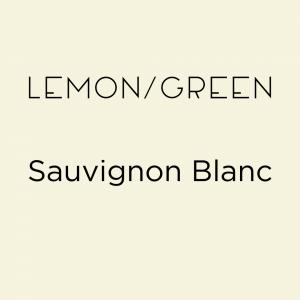
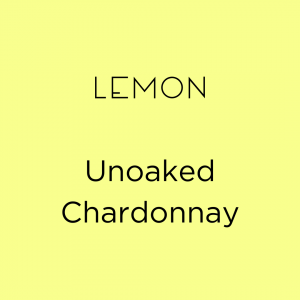
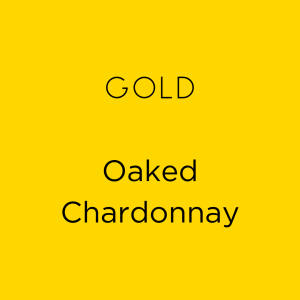
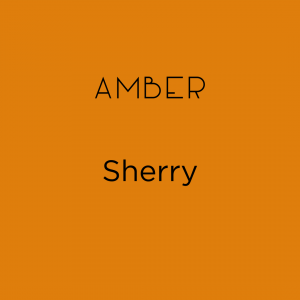
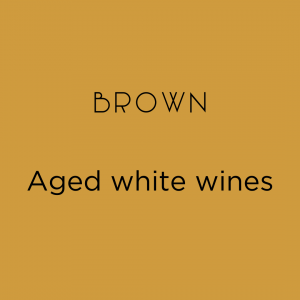
Red wines:
-
Red wines are made using black grapes.The colour of the wine comes from the pigment in the grape skin.
-
Red wines also contain more tannins that white wine. The colour intensity comes from the tannins (pale = low tannins, deep = high tannins).
-
Different grape varieties have different levels of colour and colour intensity. For example, Pinot Noir is low in intensity vs. Cabernet Sauvignon is high in intensity.
-
A young red is typically blueish purple through to the rim, and a mature red will display a pale orange rim.
-
Most red wines are ruby/garnet in colour.
-
Typical colours are purple, ruby, garnet and tawny.
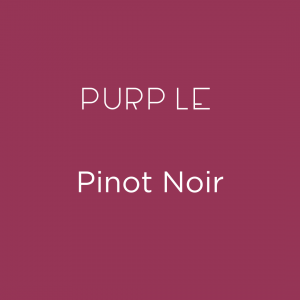


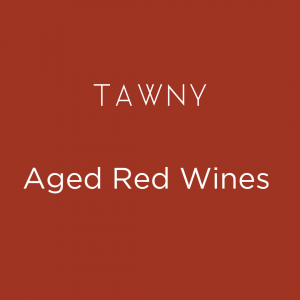
4. Is there anything else peculiar ?
Is there anything else peculiar about this wine? Can you see any bubbles, legs or deposits?
- The wine legs, also known as tears, are those droplets that run down the glass after your swirl it. It gives you an indication of the alcohol level. The more viscosity they have the higher the alcohol level.
- Red wines tend to have more alcohol than white wines which is why they have more pronounced legs.
- Viscosity is also apparent when wines have residual sugar, as is the case with a sweet sherry.
